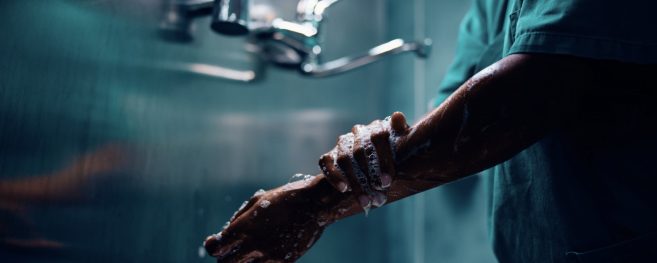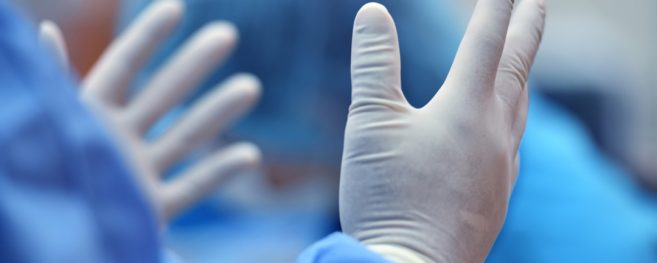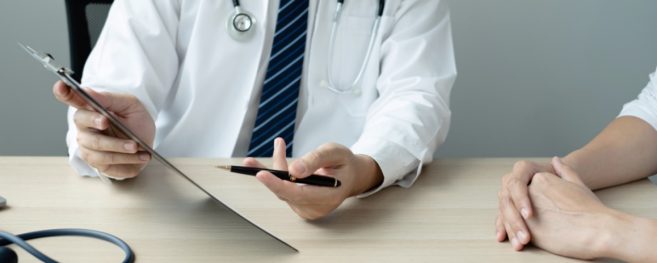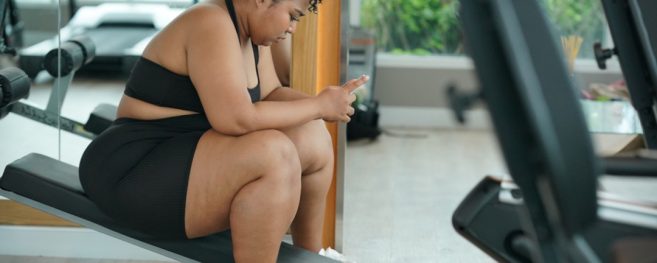Optimizing the Laparoscopic Gastric Band
Laparoscopic adjustable gastric banding enables obese patients to achieve significant, lasting and safe weight loss. This can help reduce or resolve multiple diseases and enhance quality of life in patients with obesity. It is performed for the purpose of affecting physiological function in weight loss and appetite control. However, if a patient does not eat properly or if the band is not placed accurately, it will not function at an optimal level. The band could be adjusted so that it squeezes the stomach at just the right pressure. If the band is too tight or if the patient eats too fast or takes large bites of foot, band slips and enlargements can occur. This leads to reflux, heartburn, vomiting and oftentimes, the need for revisional surgery.
Dr. Paul O’Brien, at the Centre for Obesity Research and Education, developed the Green Zone Chart. This was a conceptual way to identify the optimal level of band restriction. See below.

Dr. Paul Burton, a bariatric surgeon at the Centre for Obesity Research and Education, in Australia studied functional changes during eating with the laparoscopic adjustable gastric band (LAGB) He studied those patients doing well after LAGB and eating behaviors in those patients having symptoms of reflux, heartburn and vomiting after LAGB. He concluded that it is not the band that fails, but rather the patients themselves and the doctors who care for them. Dr. Burton measured the pressure within the upper stomach and beneath the band when they were in the green zone. The optimal pressure was, on average, 25 to 30 mmHg. The art of adjustment is to find the level of fluid in the band that achieves that pressure. This pressure promotes a sense of satiety. When appropriately adjusted, patients will not feel hunger. The key lesson learned from Dr. Burton’s study was that each bite of food should pass across the band completely before another bite is swallowed. Importantly, there is no pouch or small stomach above the band and there should never be food sitting and waiting. The esophagus is a muscular organ that squeezes the bite of food down toward the band that then squeezes that bite across the band. It takes approximately 2-6 squeezes to get that bite of food across in the band in a well – adjusted band. These squeezes promote a feeling of satiety and stimulate a message to the brain to indicate that no more food is needed. If patients develop “bad habits”, i.e. not chewing enough, eating too quickly or taking large bites, stretching occurs and the esophagus cannot contract appropriately.
After LAGB surgery, the patients should eat small amounts of protein rich, high quality foods. Patients should eat three or less times per day. If a patient is in the green zone and is adjusted correctly, there should be no need for them to eat between meals. Patients should take a small bite of food and chew well. This provides an opportunity for the patient to enjoy the taste, texture and the flavor of the food. After the food is mush, the patient should swallow that bite. The patient must wait for that bite to go completely across the band before swallowing another bite. As soon as the patient is no longer hungry, stop eating. Patients should never feel “full”. Feeling full means the food is remaining above the band and this can cause stretching and the esophagus loses its ability to contract, thereby losing appetite control.
There are challenges after LAGB i.e., lack of weight loss and/or the need for revisional surgery due to pouch/band slippage. A common reason for weight loss failure is poor eating behavior which leads to pouch above the band.
The three most common eating behaviors:
- Not chewing adequately. Food must be reduced to mush before swallowing
- Eating too quickly. Each bite of food should pass across the band before a second bite of food
- Taking bites that are too large to pass through the band.
For the patients to achieve optimal weight loss, close follow up is mandatory as well as adhering to the guidelines outlined above regarding eating behaviors and adopting a healthy lifestyle which incorporates exercise for a lifetime.











